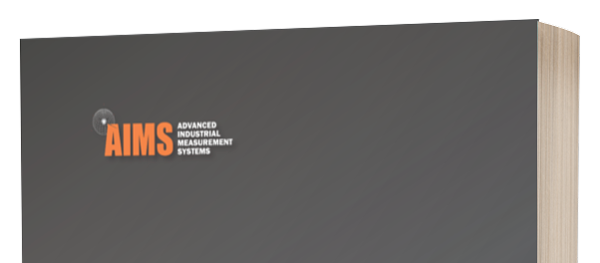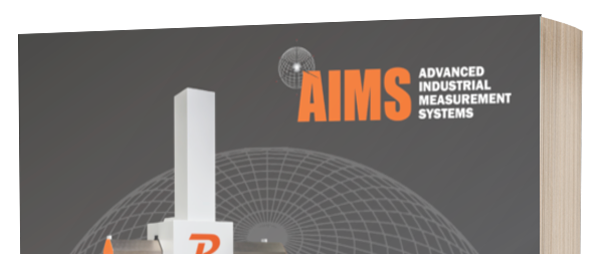Poet John Milton wrote about a “cloud with a silver lining” in 1637. The phrase has since been used to signal hope in an unfortunate situation. In the midst of a pandemic that shuttered businesses and prompted stay-at-home orders in March, has seen the cancellation of numerous trade shows and continues to impact the personal and professional lives of people around the world, it may be too soon to find the silver lining.
If we can look at history though, it’s interesting how challenging times often birth innovation. Take World War II for example. It tells a particularly interesting “silver lining” story about technology and inventions that today remain a vital part of the nation’s infrastructure.
As an OEM of coordinate measuring machines, we like other manufacturers have done a fair amount of air travel meeting with customers, attending trade shows and making site visits for maintenance, training and other service and support activities. We all know that pressurized cabins are an indispensable element of commercial flying. In a nutshell, the ability to pump conditioned air into an aircraft’s cabin helps avoid a host of physical and mental problems ranging from hypoxia and altitude sickness to decompression sickness and barotrauma. War efforts fast tracked attempts to build a pressurized plane and in 1944 Boeing introduced the B-29 Superfortress—the first plane with a pressurized nose and cockpit. After WWII the technology breakthrough was applied to commercial aircraft.
WWII also saw the birth of an economical solution to revolutionize costly synthetic rubber production. The need for an alternative fuel produced synthetic oil which led to another vital invention—the jet engine. In 1942, Robert Dippy invented Gee, the first hyperbolic radio navigation system ever to be used operationally. Alexander Fleming discovered penicillin in 1928 but it wasn’t until 1943 that the US War Production Board came up with a plan for the mass distribution of the antibiotic to Allied troops fighting in Europe. Game-changing breakthroughs like nuclear power and the first computer followed.
In talking with businesses about the nation’s most recent challenge, some have used the time to build up stock for pent up demand. Others have assessed internal communication and ways to improve customer support. Some are putting the pieces into place to bring virtual training to the shop floor, retrofit older equipment and catch up on maintenance. One individual said it best I think.
“Every situation—good or bad—is an opportunity. It’s a big challenge for each of us to chart our course through this. But grit and determination and good old-fashioned ingenuity and problem solving skills are the character traits that will see us through.”
Tell us about your “silver lining.”

